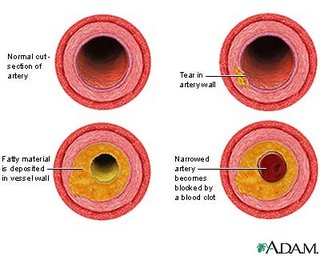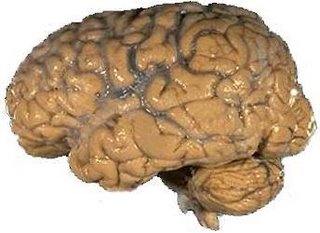
Pneumonia is an illness of the lung and respiratory in which the alveoli (microscopic air-filled sacs of the lung responsible for absorbing oxygen from the atmosphere) become inflamed and flooded with fluid. Pneumonia can result from a variety of causes, including infection with bacteria, viruses, fungi, or parasites. Pneumonia may also occur from chemical or physical injury to the lungs, or indirectly due to another medical illness, such as lung cancer or alcohol abuse.
Typical symptoms associated with pneumonia include:
-cough
-chest pain
-fever
-difficulty breathing.
Diagnostic tools include x-rays and examination of the sputum.
Treatment depends on the cause of pneumonia; bacterial pneumonia is treated with antibiotics.
- cough that produces greenish or yellow sputum(purulent sputum)
- high fever that may be accompanied by shaking chills.
- Shortness of breath (dyspnoea)
- pleuritic chest pain, (a sharp or stabbing pain, either felt or worse during deep breaths or coughs.)
They may:
- cough up blood
- experience headaches
- develop sweaty and clammy skin.
Other symptoms:
- loss of appetite
- fatigue
- blueness of the skin
- nausea
- vomiting
- joint pains or muscle aches.
For instance, pneumonia caused by Legionella may cause abdominal pain and diarrhea.
Pneumonia caused by tuberculosis or Pneumocystis may cause only weight loss and night sweats.
In elderly people the manifestations of pneumonia may not be typical. Instead, they may develop new or worsening confusion or may experience unsteadiness leading to falls.
Infants with pneumonia may have many of the symptoms above, but in many cases, they are simply sleepy or have decreased appetite.
Signs
Physical examination by a health care provider may reveal:
- fever or sometimes low body temperature
- increased respiratory rate
- confusion (in elderly)
- low blood pressure(hypotension)
- tachypnoea( fast breathing rate)
- fast heart rate
- low oxygen saturation
- cyanosis (blue-tinged skin) - require immediate attention.
Listening to the lungs with a stethoscope (auscultation) can reveal sign of consolidation:
- diminished lung expansion
- dull on percussion noted
- lack of normal breath sound (bronchial breath sound)
- tactile vocal fremitus/ vocal resonance
- presence of crackling sounds (rales)
- increased loudness of whispered speech (whispered pectoriloquy)
- pleural rub
Precipitating Factor
- Streptococcus pneumonia, often follows influenza @ parainfluenza viral infection.
- Hospitalized patient
- Alcohol excess
- cigarette smoking
- Bronchiectasis
- Broncial Obstruction (eg: patients with lung cancer)
- Immunosuppressed patient (eg: AIDS, cytotoxic agent)
- Intravenous Drug User (IVDU) -usually S.aureus
- Inhalation from oesophageal obstruction.





